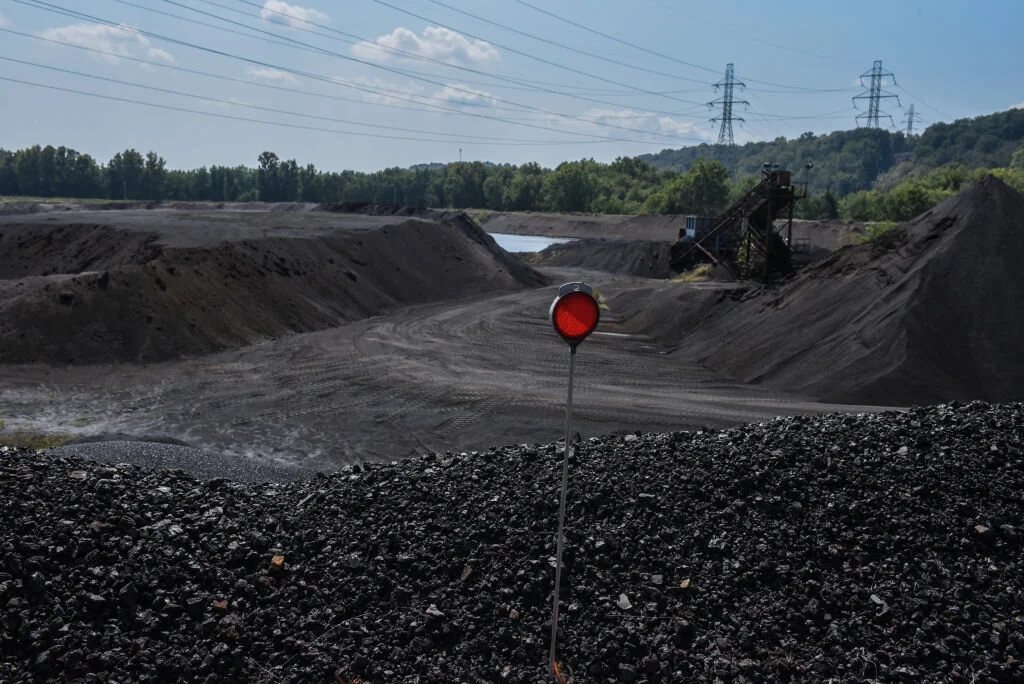The Union for Concerned Scientists has an incredible interactive map that provides county-by-county projections for how temperatures will change in the United States over the 21st century.
Historically, most of Ohio experiences 11-25 days when the heat index is above 90 degrees Fahrenheit, which is the threshold at which sun stroke, heat cramps, and heat exhaustion start to pose a threat to risk groups. These days have been a little more common in counties on the southern border and a little less common in northeast Ohio.
The Union for Concerned Scientists projects that by 2050, much of northern and eastern Ohio will be experiencing about 40 days over 90 degrees barring significant action to curb climate change, over double the current rate. Central, southern, and western Ohio will fare worse, cracking 50 days over 90 degrees by midcentury.
While many people and community leaders in Ohio have an interest in reducing climate change, the problem is a global one that local action cannot ameliorate on its own. This is why agreements like the Paris Accord are so important: climate change is a problem that can only be tackled at the level of international cooperation.
That being said, Ohio may have its hand forced to reduce carbon emissions. The Biden Administration has made climate change a priority and will have similar tools to the Obama administration to push states to reduce carbon emissions. These usually focus on setting carbon emission goals and leaving it up to states to decide how they will meet these goals.
If the Biden administration promulgated a plan like this, Ohio would have to meet carbon reduction goals as a part of a national plan to reduce carbon emissions.
In a study my firm released in the summer, we analyzed three different approaches Ohio can take to reducing carbon emissions: a renewable portfolio standard, a cap-and-trade system, and a carbon tax.
A renewable portfolio standard is pretty close to a classic command and control regulation. The state sets guidelines for what percentage of power in the state needs to be generated from renewable sources of energy and utilities comply. Ohio had a fairly popular renewable portfolio standard passed over a decade ago that has been watered down since.
Cap-and-trade and carbon tax policies are more market-oriented approaches to reducing carbon emissions. A cap-and-trade program caps the amount of carbon that can be released in the state, then auctions off rights to emit this carbon to companies. This means that emitters need to balance the cost of buying emission rights against the cost of reducing emissions, incentivizing them to develop cost-effective approaches to reducing carbon emissions.
A carbon tax works similar to a cap-and-trade program, but rather than setting a cap on the amount of carbon emitted, it sets a price for emitting carbon that then creates an incentive for emitters to reduce emission so they don’t need to pay that price.
In our study, we found all three of these approaches to be much more effective than the status quo at reducing carbon emissions. If Ohio wants to do its part to fight climate change, it has three good options to do it with.
This commentary first appeared in the Ohio Capital Journal.

